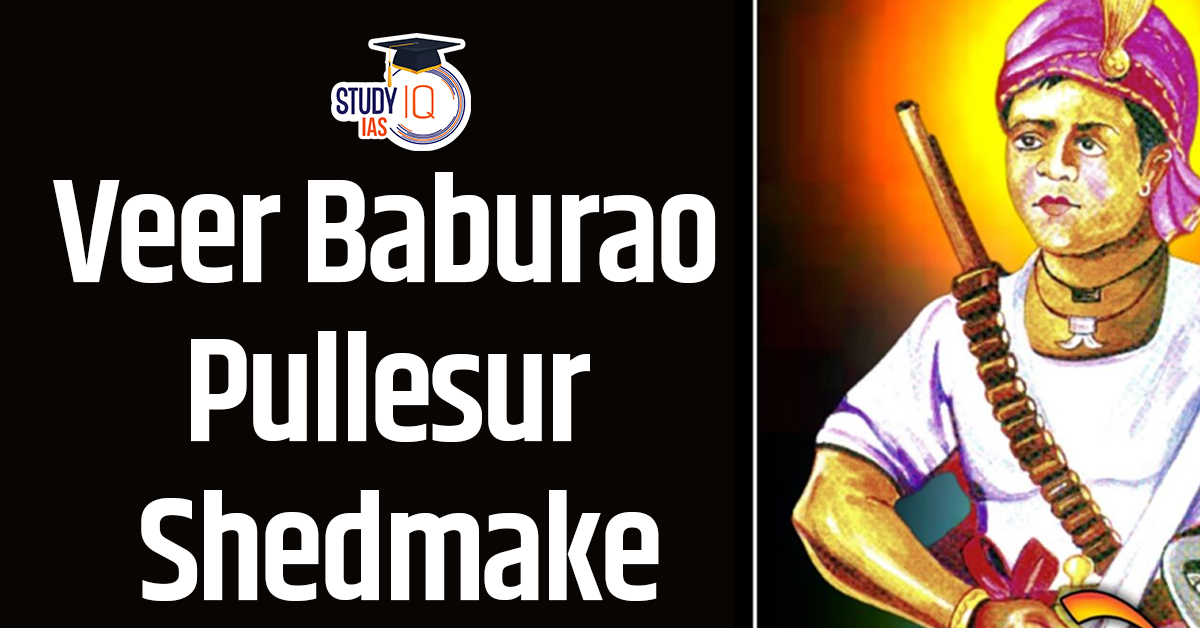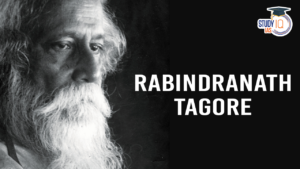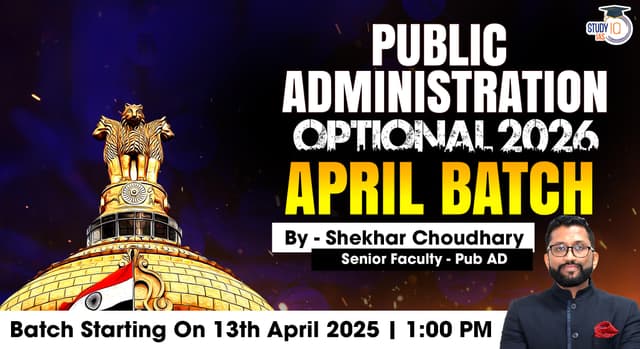Table of Contents
India’s first war of independence in 1857 is often narrated through the heroic exploits of leaders like Rani Lakshmibai, Tatya Tope, and Mangal Pandey. However, buried deep in the heart of Central India lies the untold story of a brave tribal warrior — Veer Baburao Pullesur Shedmake, who stood tall against the British Empire during this revolt. Hailing from the Gondwana region and revered among the Gond tribal community, Baburao’s story is one of unmatched courage, betrayal, sacrifice, and an undying love for the motherland.
Veer Baburao Pullesur Shedmake
Veer Baburao Pullesur Shedmake was a fearless tribal freedom fighter from the Gond community, born on 12 March 1833 in Kishtapur (now in Gadchiroli, Maharashtra). He led a valiant rebellion against British rule during the 1857 uprising by forming the Jangom Dal, a guerrilla force of tribal warriors. He won multiple battles against the British using forest-based warfare. Betrayed by a local ally, he was captured and executed by hanging on 21 October 1858 in Chandrapur. Shedmake remains a symbol of indigenous resistance and is revered as a martyr and hero in tribal history and India’s freedom structure.
Baburao Shedmake was born on 12 March 1833 in Kishtapur village, located in Aheri tehsil of Chanda district (present-day Gadchiroli district, Maharashtra). He belonged to the Gond tribe, an indigenous community with a rich history of valor and self-governance.
His father, Pullesur Bapu, was a respected zamindar of Molampalli, while his mother Jurja Kunwar was known for her wisdom and deep cultural roots. Baburao was the eldest son, and from an early age, he showed signs of leadership, strength, and intelligence.
Baburao was educated initially through the ghotul system — a traditional tribal institution for learning. Recognizing his potential, his family later sent him to Raipur for an English education. There, he was exposed to modern warfare strategies and the political undercurrents of British colonial rule.
At the age of 18, he married Raj Kunwar, a princess from the Madavi dynasty of Adilabad. This marital alliance further strengthened his social and political standing among the tribal zamindars of the region.
Political Landscape and Rise of Dissent
By the mid-19th century, the British had begun consolidating their rule in Central India. The Nagpur Bhonsales, who ruled over Chanda, were ousted by the British in 1854, under the Doctrine of Lapse. The imposition of alien administrative practices, revenue collection methods, and disregard for local customs infuriated the tribal communities.
The new British regime disrupted the traditional zamindari system, undermined local governance, and enforced heavy taxes. Tribal peasants were exploited, their lands confiscated, and religious institutions interfered with. The resentment simmered for years and found its outlet during the Revolt of 1857.
Formation of the Jangom Dal
When news of the 1857 rebellion broke out in north India, Baburao sensed an opportunity to reclaim tribal dignity. By September 1857, he had mobilized around 500 tribal warriors and formed a militia named Jangom Dal.
These were not ordinary foot soldiers. The army included Gonds, Rohillas, and disenchanted zamindars from the region like Vyankat Rao of Adpalli and Ghot. With traditional weapons like bows, swords, and guerrilla warfare tactics honed in the dense forests of Gondwana, Baburao’s army posed a serious threat to British forces.
Baburao Pullesur Shedmake: Military Campaigns and Victories
In March 1858, Baburao captured the Rajgad Pargana, previously under British control. This bold move sent shockwaves through the colonial establishment.
The Deputy Commissioner of Chanda, Captain W. H. Crichton, led a force of 1700 British soldiers to suppress the uprising. What followed was a series of spectacular tribal victories, showcasing the resilience and tactical brilliance of Baburao:
| Date | Event | Details |
|---|---|---|
| 13 March 1858 | Battle of Nandgaon Ghosari | Baburao’s forces used guerrilla warfare and terrain advantage to inflict heavy casualties on the British. |
| 19 April 1858 | Battle of Sagnapur | Another British defeat; Baburao’s Jangom Dal used forest cover and ambush tactics effectively. |
| 27 April 1858 | Battle of Bamanpeth | British attempts to regain control failed; Baburao’s forces maintained dominance. |
| 29 April 1858 | Raid on Chinchgondi | Attack on British telegraph camp near Pranhita River; communication disrupted, 2 British killed. |
| 10 May 1858 | Battle of Ghot | British forces ambushed in forest terrain; and suffered a third straight defeat at the hands of Baburao’s army. |
The hilly jungles, flowing rivers, and dense foliage provided natural protection to Baburao’s forces. His men used boulders from hilltops, bows, and guerrilla strikes to repeatedly defeat a better-equipped army.
British Retaliation and Betrayal
Unable to defeat him militarily, the British resorted to subterfuge. Captain Crichton announced a reward of Rs. 1000 for anyone who could capture Baburao alive. Realizing the threat Baburao posed, the British began turning local zamindars against him.
Tragically, the betrayal came from within his community. Laxmibai, a female zamindar of Aheri, who had once pledged support, turned traitor. On 18 September 1858, her soldiers captured Baburao and handed him over to the British.
Baburao Pullesur Shedmake: Trial and Execution
Baburao was brought to Chanda Jail and tried for treason and rebellion. The British court found him guilty, and despite public sympathy, sentenced him to death.
On 21 October 1858, at 4 PM, Veer Baburao Shedmake was hanged from a peepal tree in front of Chanda Jail. He was only 25 years old. His last words are believed to have been a call for the tribal people to continue the fight for freedom.
Aftermath and Continuing Resistance
Even after Baburao’s death, the rebellion did not fade. His allies and followers continued guerrilla strikes in the regions of Sirpur, Adilabad, and even attempted to attack the Hyderabad Residency. The insurgency continued till 1860, eventually suppressed through brutal military campaigns and village burnings.
Baburao’s martyrdom inspired generations of tribal warriors, who remembered his courage in oral folklore, songs, and community rituals.
Baburao Pullesur Shedmake: Legacy and Memorials
Today, Veer Baburao Shedmake holds an immortal place in the hearts of the Gond people and other tribal communities of Maharashtra, Telangana, and Chhattisgarh.
-
The peepal tree at Chandrapur Jail, where he was hanged, has become a symbolic memorial. Every year, thousands gather there on 12 March (birth) and 21 October (martyrdom) to honor him.
-
India Post issued a commemorative postage stamp on 12 March 2009, recognizing his contribution to India’s freedom struggle.
-
Numerous schools, parks, public buildings, and cultural centers in Central India bear his name.
-
Tribal organizations across the Gondwana region continue to organize processions, seminars, and cultural programs to keep his memory alive.
Conclusion
Veer Baburao Pullesur Shedmake was not just a tribal leader but a symbol of indigenous resistance against British colonialism. His life challenges the mainstream narratives of 1857 by highlighting the role played by Adivasi warriors and regional heroes.
He fought not for personal power or wealth but for the rights, identity, and dignity of his people. In an era when even uttering defiance meant death, Baburao Shedmake led his people into battle, armed with nothing but courage and love for the motherland.
As India continues to rediscover and honor its forgotten freedom fighters, Baburao Shedmake deserves a prominent place in our national memory. His life serves as a reminder that the struggle for justice, land, and identity has deep roots in tribal India — a story of a young man who lived like a king, fought like a lion, and died a martyr.


 Jyotiba Phule Biography, Facts and Socia...
Jyotiba Phule Biography, Facts and Socia...
 Rabindranath Tagore Biography: Life, Ach...
Rabindranath Tagore Biography: Life, Ach...
 Jayshree Vencatesan First Indian to win ...
Jayshree Vencatesan First Indian to win ...





















